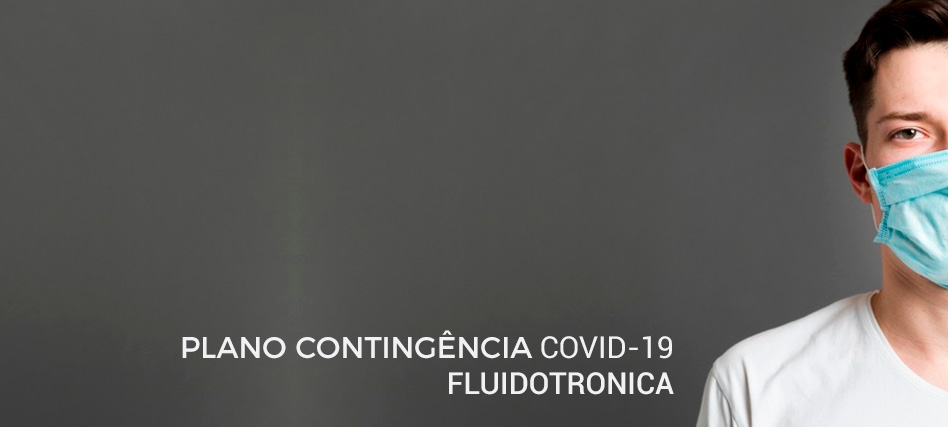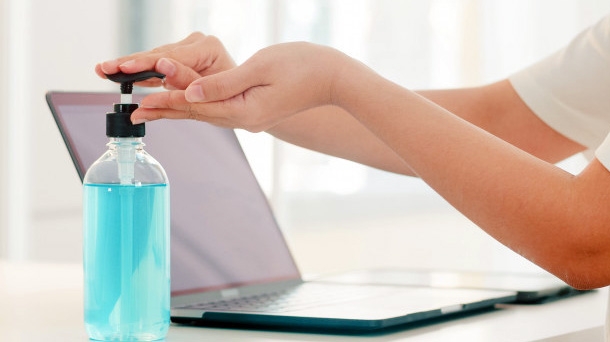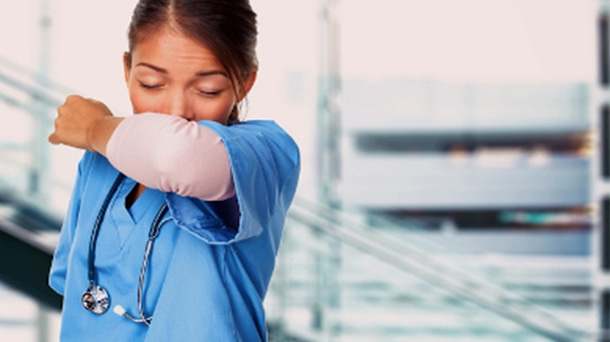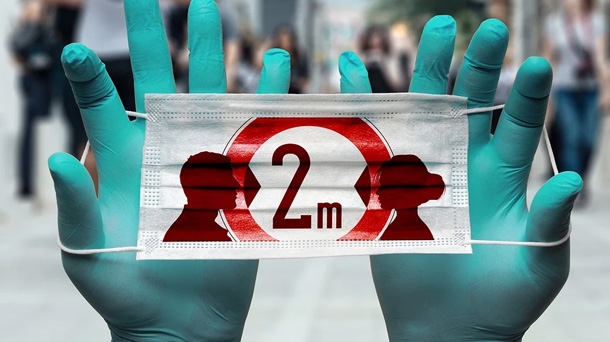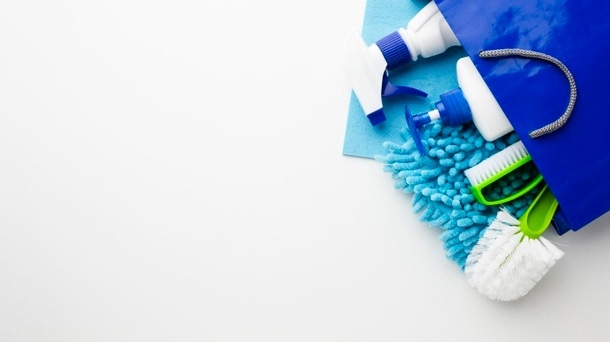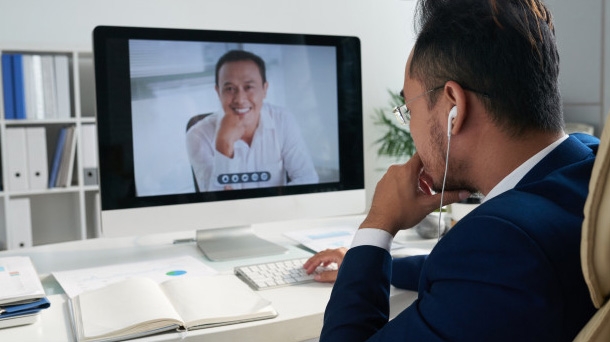COVID-19 Contingency Plan.
Marca
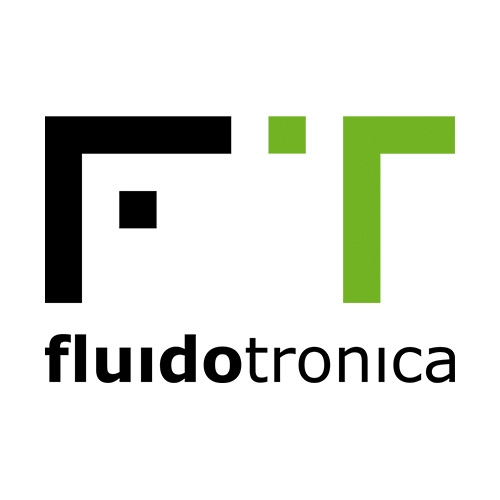
Aware of the guidelines of the Directorate-General of Health of Portugal, Fluidotronica prepared a Contingency Plan, with the objective of minimizing the impact of COVID-19 on the company's activities, and promoting the health of its employees, customers and suppliers, as well as the society in general.
The Contingency Plan, which is in the implementation phase, aims to establish the strategy, procedures and measures aimed at ensuring the health and safety conditions of workers, with a view to prevention and also ensuring the operationality and functionality of the Fluidotronica in a possible crisis situation.
This Plan has as its underlying principle to protect the health of workers by limiting the risk of contamination in the workplace.
We highlight some measures already adopted by the company:
. Conditioning the access of all customers and suppliers to Fluidotronica's facilities, namely for holding meetings, visits, monitoring projects or others;
. Alteration of the working period and the implementation of the continuous workday in order to allow employees who perform activities on the premises to reconcile this schedule with the schedule practiced by the essential services defined in the emergency period;
. Maintenance of MTC tests, as long as customers come equipped with a mask and compliance with the social safety distance of 2 meters;
. Extension of the lunch period in order to take advantage of the dining area for all elements in function, provided that it does not exceed a maximum number of 12 people in each of the 30-minute rest periods;
. Wide dissemination of recommendations for hygiene practices, respiratory etiquette, room ventilation and social distance;
. Increase in cleaning and disinfection activities in spaces;
. Promotion of meetings by video and teleconference;
Fluidotronica will remain committed to collaborating with the competent entities so that, within its capacities and competences, it can contribute to mitigate the effects of the COVID - 19 Coronavirus outbreak with populations




